Types of spillways
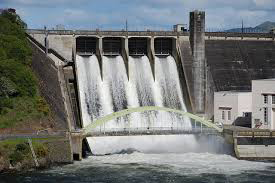
Depending on their utility, spillways are divided into two main types Main spillways or service spillways Emergency spillways Main spillways or service spillways They are masonry or concrete structure which functions for a designed flood in the
What is storage reservoirs
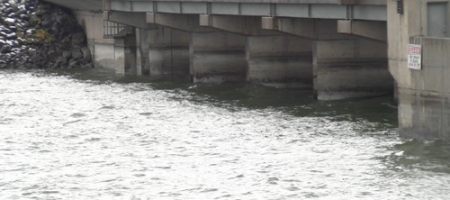
The pool of water created by the construction of a dam across a river is called reservoir. When the reservoir remains in water supply during the rainy season and releases it during dry period as per requirement,
What are dams?
A dam can be defined as an impervious barrier or an obstruction built across a natural stream or river to store the water on upstream of it up to a certain level. The dam is constructed to
Collection of solids waste
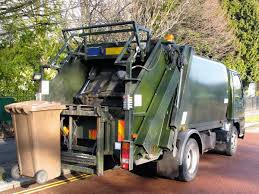
Collection of solids waste [ dry refuse] In order to keep the environment clean and healthy, the refuse should be removed quickly. The frequency of refuse collection mainly depends on the quantity of reuse generated, size of
How is ultimate analysis of coal carried out in the laboratory?
The ultimate analysis includes determination of carbon, sulfur, nitrogen, ash and oxygen. It is the elemental analysis of coal. It is used for calculation of calorific values. Procedure Carbon and hydrogen Generally, both the elements are estimated
What is meant by weir?
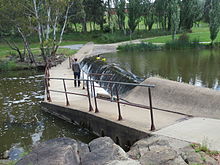
A weir is an impervious barrier constructed across a river to raise its water level on its upstream side and divert the water into the canal taking off from its upstream side. The top of the weir
What are the various methods of sewage disposal
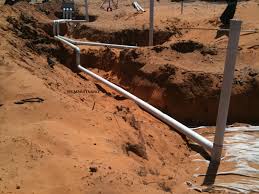
After conveying the sewage through sewers, the next step is its disposal. The sewage can be disposed of without treatment or after suitable treatment finally, the sewage is disposed of either in natural water courses or on
Processes in wastewater treatment layout
There are three types of operations and processers Physical unit operation Chemical unit processes Biological unit processes Physical unit operations The physical unit’s operations in which application of physical forces predominate consist of the following Screening Comminution
What are the main features of municipal solid waste
The main features of the directive under the MSWR are summarized below Appropriate arrangement of infrastructure equipment and facilities and facilities for collection, temporary storage, final collection and transportation of solids waste In four categories-biodegradable, recyclable, debris
Different methods of disposal of refuse
The disposal of refuse can be done by various methods, following are the common methods of refuse disposal By dumping into the sea By incineration By sanitary landfilling By composting By ploughing in fields By hog feeding